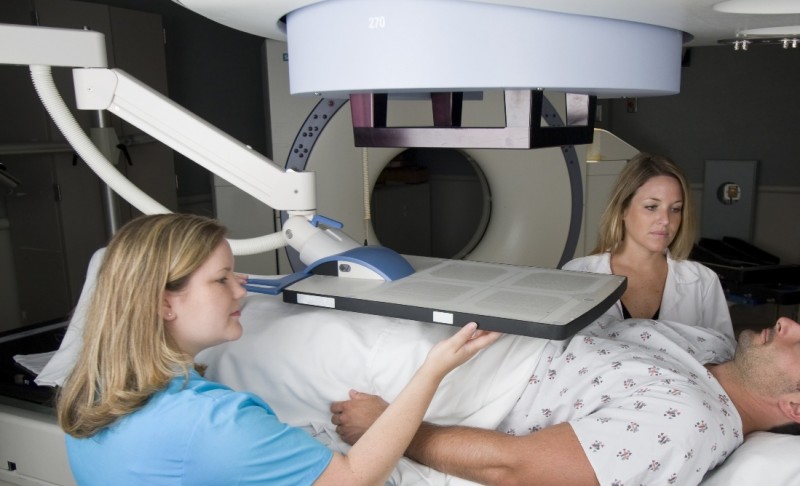
Cancer treatment can be a daunting journey, and many individuals seek a holistic approach to complement traditional medical interventions. Complementary therapies, when integrated with standard medical care, can offer numerous advantages that encompass physical, emotional, and mental well-being. Let's delve into the world of complementary therapies and understand how they can support individuals undergoing cancer treatment.
Complementary therapies, also known as integrative therapies, are non-mainstream practices used alongside conventional medical treatments. These therapies aim to enhance overall health, alleviate symptoms, and improve the quality of life during cancer treatment.
One of the primary benefits of integrating complementary therapies is the synergy they create with traditional treatments. While conventional treatments like chemotherapy, radiation, and surgery target the disease directly, complementary therapies support the patient by managing side effects and promoting a sense of well-being.
Complementary therapies can include:
Acupuncture involves inserting thin needles into specific points on the body to relieve pain and nausea. Acupressure utilizes pressure on these points to achieve similar effects.
Massage can help reduce anxiety, fatigue, and pain, improving the overall quality of life for cancer patients.
Yoga and meditation can promote relaxation, reduce stress, and enhance flexibility and balance.
Certain herbs and supplements may assist in managing symptoms and boosting the immune system.
Essential oils are used to alleviate stress, anxiety, and pain.
Complementary therapies can provide effective pain relief, reducing the reliance on strong pain medications.
Techniques like yoga and gentle exercise can combat cancer-related fatigue and improve energy levels.
Therapies like acupuncture and ginger-based remedies can help manage treatment-induced nausea.
Mindfulness practices, such as deep breathing and guided imagery, can alleviate stress and anxiety.
Therapeutic counseling and support groups offer emotional support and coping strategies.
Engaging in creative activities can serve as a form of emotional expression and provide a sense of joy.
Certain therapies may aid in enhancing cognitive function, vital for mental clarity and focus.
Relaxation techniques can aid in achieving restful sleep, essential for mental rejuvenation.
Complementary therapies can be customized to individual needs and preferences, considering the type and stage of cancer.
Integrative oncology specialists ensure that the chosen therapies are safe and effective, minimizing potential risks.
Effective communication between the patient, oncologist, and complementary therapy practitioners is crucial to ensure comprehensive care. Open dialogue allows for informed decisions and a well-coordinated treatment plan.
Embracing complementary therapies alongside conventional cancer treatments offers a holistic approach that addresses the physical, emotional, and mental aspects of the disease. The integration of these therapies can significantly enhance the quality of life during and after cancer treatment, empowering individuals to face the battle against cancer with resilience and hope.
How to Share Internet Data with Another Mobile: A Comprehensive Guide
Who is PM Modi's Designer Behind His Trendsetting Look?
Indian Economy Creates 52-Million New Formal Jobs from FY20 to FY23: SBI